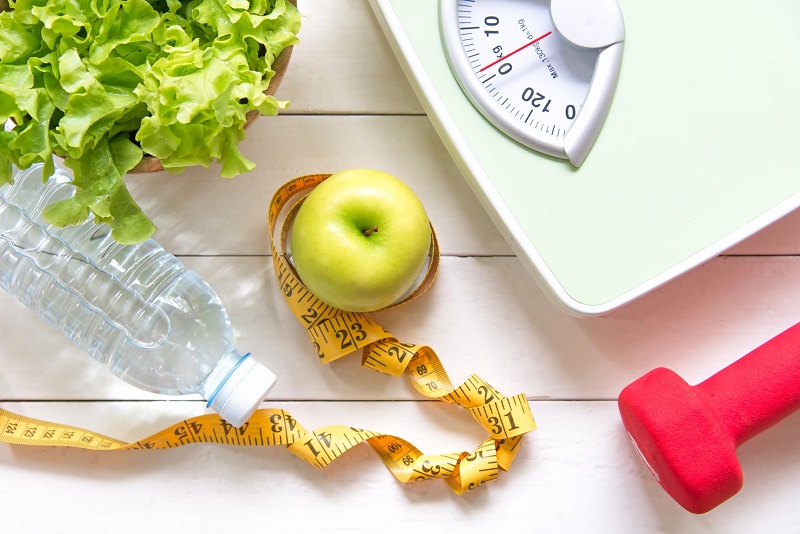Loading up on overly fat concentrated foods to get their macronutrient ratios in line.

Fat should be used as a satiating nutrient. People do not need to eat extraordinary amounts of fat and put extra fat in their food. While this is a good strategy for when you’re transitioning from a glucose-dependent diet to a fat-fueled one, it’s not necessary once you have fat-adapted. You should listen to your body comes into play. Learn to pay attention to your hunger cues, especially. If you’re feeling hungry shortly after a meal, then you probably did not have enough protein or fat. However, if you’re full, there is no reason to consume excess quantities of fat.
>> Click Here to Find More Keto Supplement: https://www.buycanadafood.com
Chasing blood Ketones instead of focusing on hormone signals.
The higher the number you get when testing your blood, the more Ketones there are circulating in your bloodstream, but that does not mean that you are better at burning fat for fuel. You must be in nutritional Ketosis, which is described as between 1.5 – 3.0 mol/L on the blood Ketone meter. You will noticed when you are fat-adapted from hormonal signals, and not from higher Ketones on the blood meter.
Staying in Ketosis long-term.
Chronic Ketosis can cause lots problems such as fatigue, muscle soreness, nausea and insomnia. Unless you have a medical condition that requires you to stay in Ketosis for long-term, you should not stay in that state for a prolonged period without any increasing your carbohydrates. If you are just beginning your diet, you should go through the fat-adaptation phase so that your body becomes accustomed to burning both glucose and fat for fuel.
Lastly, remember that the Keto diet is a somewhat limiting eating plan, and hard to sustain long-term, so you don’t need to follow it once you’ve achieved your desired weight or fitness goals, unless medically subscribed.

Helen Bradley is a health blogger and the founder of her own blog about fitness. She has been blogging for three years now and loves to share what she learns with others. Helen enjoys reading, cooking, and staying active outdoors.











